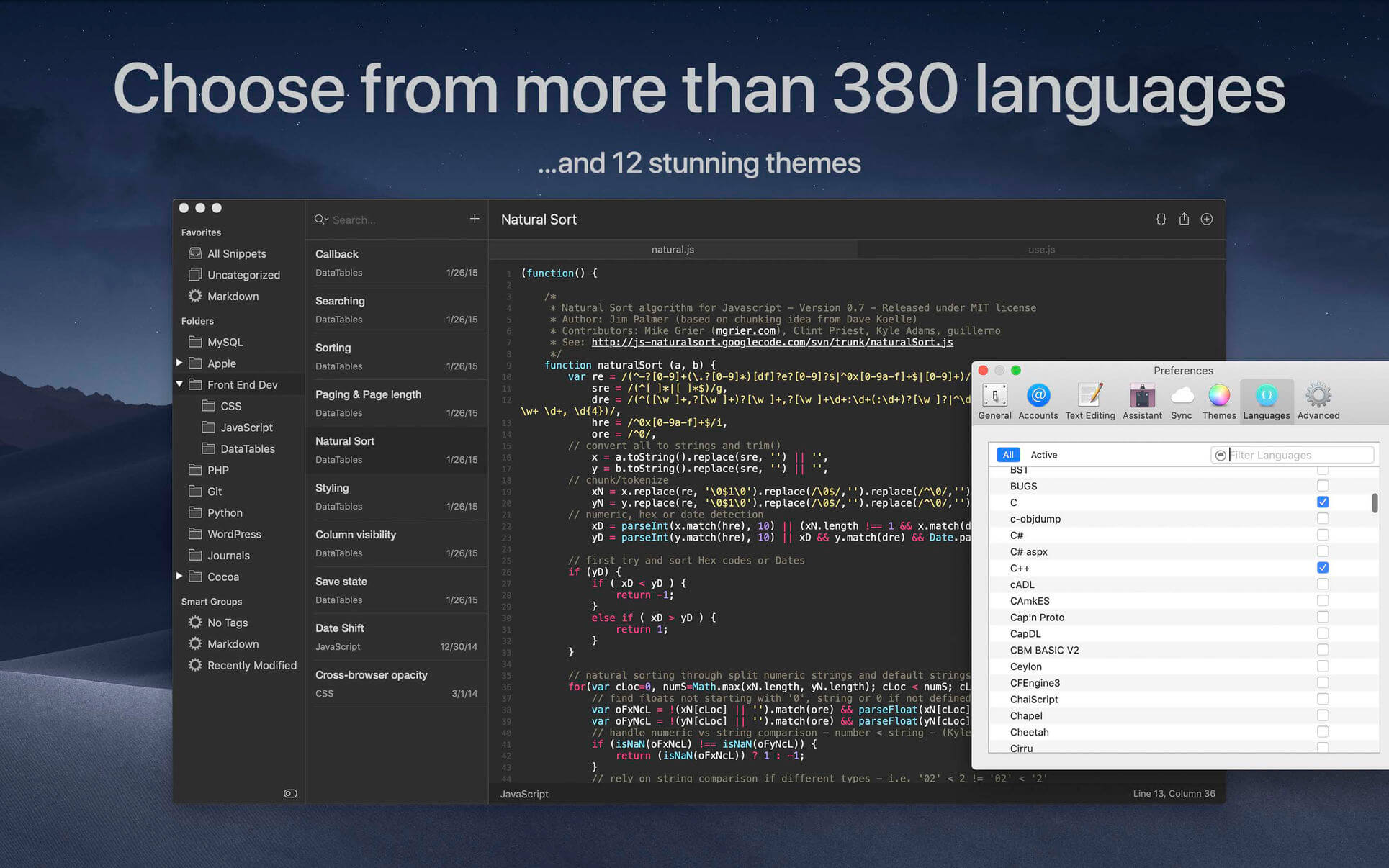
Reactions involving BVOCs can lead to increased levels of surface O3 which can significantly impair air quality and cause crop damage. Our proposed framework does not only help in resolving the issue of data granularity but also helps in raising the awareness of air pollution among the general public.īackground: Biogenic Volatile Organic Compounds (BVOCs) such as isoprene (C5H8) are ozone (O3) precursors that can be emitted at significant concentrations from the oil palm tree (Elaeis guineensis). Finally, we discussed on the future planning to further improve the data accuracy and user's experience. Users can also view the latest air-quality indicators via the web-based dashboard application. The data are continuously being streamed to our cloud server and is ready to be queried for research purpose. We implemented the mobile hardware device by interfacing ESP32 microcontroller with multiple sensors at a much lower cost compared to the existing immobile air quality monitoring stations.
#SCRIPTFLOW FULL#
In this paper, we proposed a framework of Distributed Air Quality Monitoring System (DAQMS) which utilizes the full benefits of Internet of Things (IoT) for a better area coverage for data collection. In Malaysia, each monitoring station is located very far from each other causing the resolution of data to be considerably low. The resolution and accuracy of the data is a major challenge during data collection for air quality related research. We suggest the proposed floating chamber system could serve as a cost-effective VOC flux technique that allows measurements near the sea surface. Preliminary measurements of isoprene (3-Methyl-1,2-butadiene) (C5H8) sea-to-air flux using the floating flux chamber in the coastal waters off the east coast of Peninsular Malaysia found values in the region of 10⁷ molecules/cm²/s, comparable with most published values based on various flux measurement techniques.

The structural performance of the floating flux chamber was evaluated, and it was shown to have the capacity to stay continuously afloat for up to 72 h in various conditions (e.g., rainy, windy) and with wave heights up to approximately 1 m in coastal waters. The floating chamber is coupled with adsorbent cartridges, and samples were analysed in the laboratory using commercial thermal desorption and gas chromatography mass spectrometry (TD-GC–MS). Therefore, here we describe a newly developed and cost-effective floating chamber system that has the capacity to measure the VOC sea-to-air flux near the sea surface (< 1 m).

However, much less is known about the marine biogenic VOC sea-to-air flux, specifically at the sea surface level. Biogenic VOC levels in the marine atmosphere are significantly lower compared with levels in the atmosphere above terrestrial ecosystems. Volatile organic compounds (VOCs) form ozone (O3) and secondary organic aerosols (SOAs) in the atmosphere under favourable conditions.


 0 kommentar(er)
0 kommentar(er)
